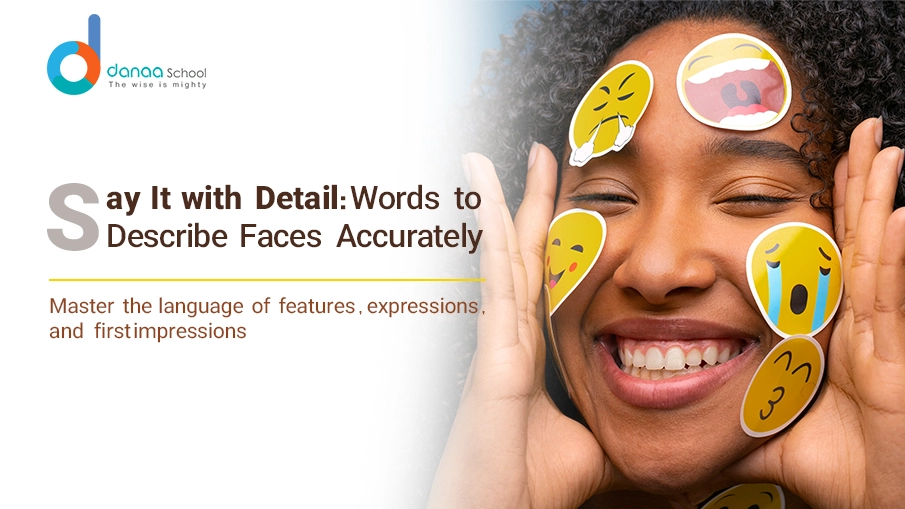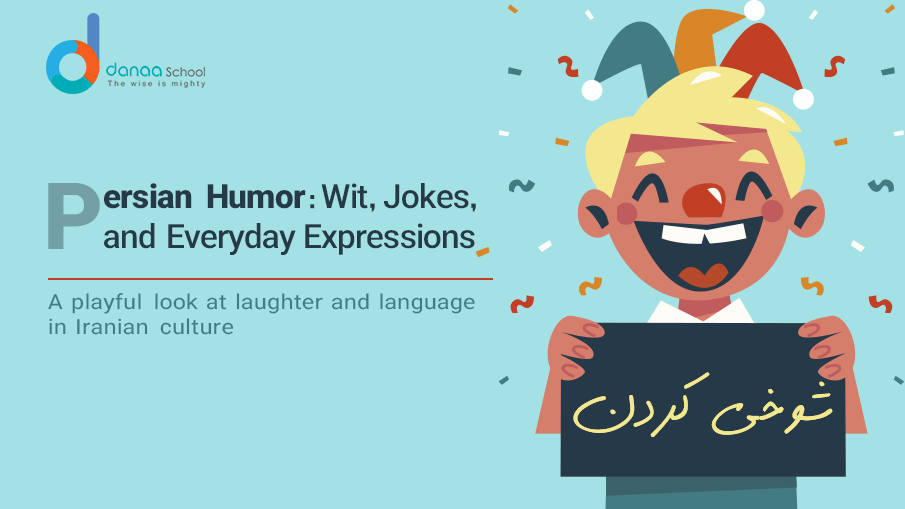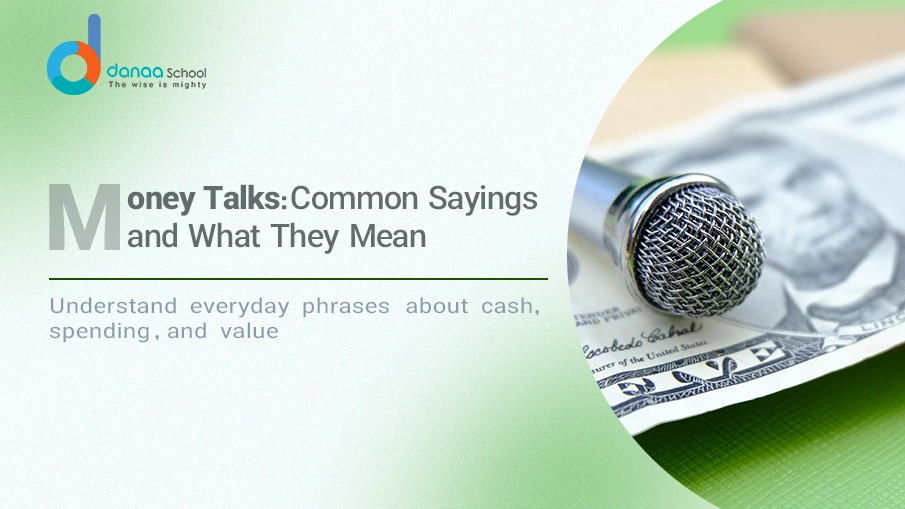Facial Description Words
The human face is a tapestry of emotions, stories, and expressions that can often leave writers searching for the perfect words to describe it. Whether you’re penning a novel, scripting a film, or adding life to your journal entries, having the proper facial description words can elevate your storytelling to vivid and captivating levels.
The ability to paint a picture of someone’s face or expression with words allows readers to connect deeply with your characters or ideas.
Below, we’ll explore creative and practical ways to describe faces and expressions for every occasion, offering examples, lists, and unique tips to make your writing more impactful.
Words to Describe a Face Expression
Facial expressions are a gateway to a person’s emotions. Describing them effectively can reveal inner thoughts and feelings without explicitly stating them.
- Happiness: Radiant, beaming, grinning, glowing, euphoric, cheerful, jubilant, elated.
- Sadness: Melancholy, downcast, despondent, gloomy, somber, heartbroken, sorrowful.
- Anger: Fuming, livid, fiery, scowling, menacing, stern, stormy, intense.
- Fear: Wide-eyed, pale, trembling, frozen, grimacing, nervous, aghast, horrified.
- Surprise: Startled, astonished, wide-mouthed, agape, stunned, flabbergasted, perplexed.
For instance: “Her eyes were wide with terror, her lips trembling as if holding back a scream.” Such vivid descriptions not only convey the character’s emotion but also create a clear visual for the reader.
Words to Describe Facial Expressions in Writing
Writing about facial expressions goes beyond simply stating them. To create engaging prose, show how expressions change or interact with a situation.
- Wrinkles or creases: Furrowed brows, crinkled eyes, lines of worry, soft laugh lines.
- Mouth movements: Quivering lips, a tight-lipped smile, a sneer, puckered in thought.
- Eyes as windows to the soul: Darting, piercing, narrowing, brimming, fluttering shut.
- Subtle movements: A faint smirk, a twitch of the nose, cheeks flushing with color.
For example: “His mouth twisted into a reluctant smile, though his eyes remained distant, lost in thought.” Such descriptions create depth and texture.
Face Description Creative Writing
When crafting a character or setting a scene, a vivid face description can draw the reader into the narrative.
- Use metaphors: “Her face was as serene as a moonlit lake.”
- Focus on contrasts: “His youthful face was marred by a jagged scar running from cheek to jaw.”
- Capture movement: “A blush crept up her cheeks, starting at her neck and blooming outward like the first rays of dawn.”
- Highlight uniqueness: “Her freckles danced across her nose like constellations in the night sky.”
A creative touch can make even the most ordinary face memorable to your audience.
Face Description Example
To help you visualize how to incorporate facial descriptions into your writing, here’s an example:
“The old man’s face told a thousand stories. Deep wrinkles etched around his eyes spoke of years spent laughing, while the sunken hollows of his cheeks hinted at struggles overcome. His gray beard was patchy, but his kind smile revealed a warmth that made strangers feel like family.”
This type of description blends physical traits with emotional depth, creating a fully fleshed-out image.
How to Describe a Beautiful Face in Writing
Describing beauty in writing often involves highlighting symmetry, uniqueness, or the qualities that make the face stand out.
- Focus on light: “Her skin glowed like the golden hour sunlight.”
- Mention symmetry: “His features were perfectly chiseled, as though sculpted by an artist.”
- Highlight uniqueness: “Her green eyes were flecked with gold, like autumn leaves caught in sunlight.”
- Subtle details: “The soft curve of her lips held a quiet allure.”
Avoid clichés and lean into details that make the description feel personal and fresh.
21 Facial Expressions List
Here’s a handy list of facial expressions to inspire your writing:
- Smirking
- Frowning
- Pouting
- Scowling
- Laughing
- Grimacing
- Glaring
- Beaming
- Sneering
- Squinting
- Blushing
- Wincing
- Wide-eyed
- Brow furrowing
- Cheeks puffing
- Brows raising
- Eyes narrowing
- Lips trembling
- Mouth gaping
- Jaw clenching
- Chin trembling
This list is a great reference when you need to capture emotions quickly.
Words to Describe a Facial Treatment
When describing facial treatments, the focus is on textures, sensations, and visible outcomes.
- Textures: Creamy, silky, gritty, foamy, luxurious.
- Sensations: Soothing, refreshing, tingling, cooling, rejuvenating.
- Effects: Radiant, glowing, soft, firm, smooth, hydrated, youthful.
Example: “The facial left her skin feeling silky smooth, with a refreshing glow that made her look as though she’d just returned from vacation.”
Words to Describe Beautiful Face
Here’s a collection of words to help describe a beautiful face:
- Skin: Radiant, flawless, glowing, porcelain, luminous.
- Eyes: Sparkling, enchanting, almond-shaped, doe-eyed, mesmerizing.
- Lips: Rosy, full, delicate, plush, inviting.
- Overall: Elegant, angelic, striking, ethereal, statuesque.
For example: “Her radiant skin caught the sunlight, while her almond-shaped eyes sparkled with intelligence.”
Learn Farsi with Danaa School
Want to elevate your writing skills or explore new languages to deepen your creative descriptions? Learn Farsi with Danaa School and unlock the beauty of Persian poetry, expressions, and storytelling. Start your journey today!
FAQs
How can I make facial descriptions more vivid?
Use sensory language, metaphors, and specific details to evoke clear imagery in the reader’s mind.
What are some words to describe a smile?
Radiant, beaming, shy, warm, dazzling, coy, or mischievous are great options.
How can I describe a character’s emotions through facial expressions?
Focus on small changes like furrowed brows, trembling lips, or a tight jaw to reflect their feelings.
What are good words for describing wrinkles?
Lines, creases, folds, crow’s feet, or furrows work well for describing age or emotion.
How can I describe an angry face?
You can use words like scowling, glaring, red-faced, stern, or fuming to capture anger.
What’s a unique way to describe a beautiful face?
Highlight unusual features or use metaphors, like comparing eyes to gemstones or skin to polished marble.
What are some descriptive words for a face in pain?
Taut, strained, contorted, grimacing, anguished, or pallid can convey pain effectively.
Conclusion
The art of describing facial expressions and features is an essential tool for any writer. Every detail adds depth and character to your story, from emotions etched on a face to the nuances of beauty and age. By using vivid imagery and thoughtful details, you can connect your readers to your characters on an emotional level.
So, next time you sit down to write, let your character’s face come alive through your words. Happy writing!










